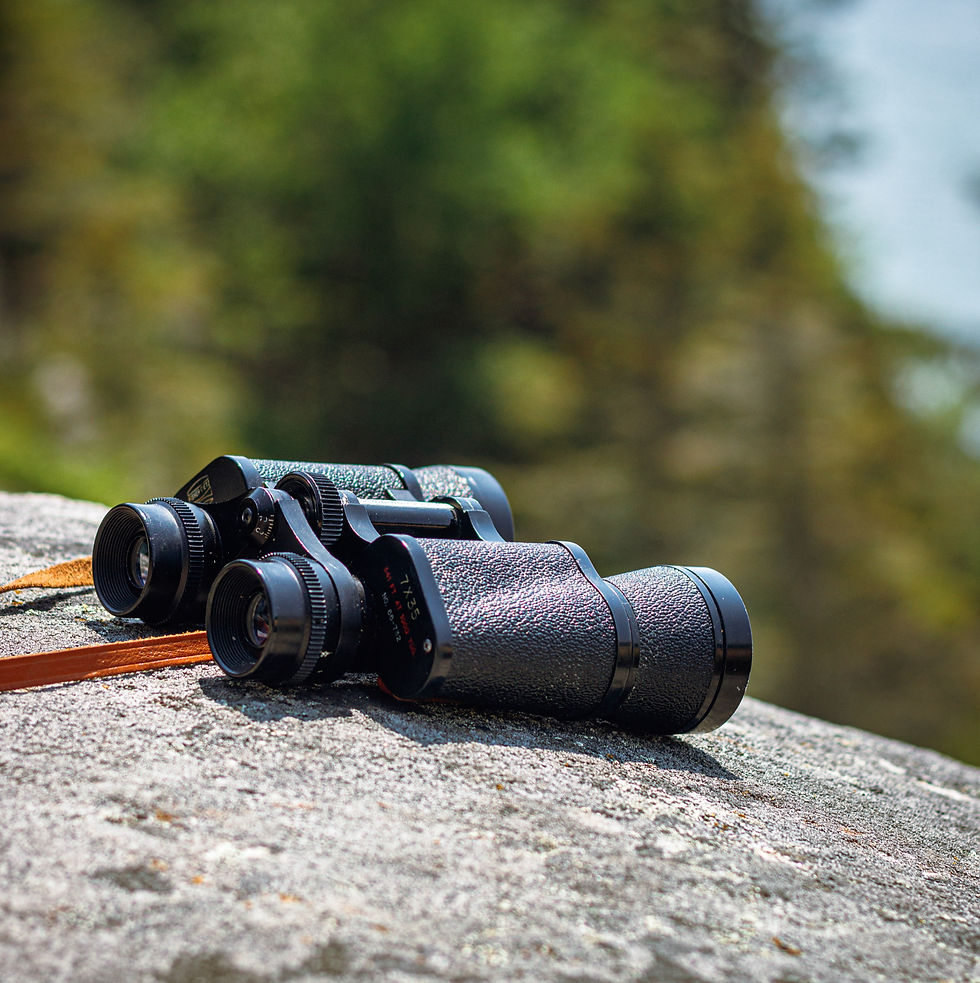How To Fly
- Roger Frankum
- Nov 6, 2023
- 2 min read

I do not think swans and geese are very good at flying. They are different from most big birds like storks, cranes and large birds of prey because these birds try to avoid flapping as much as possible and save energy by gliding and soaring whenever they can. In hot weather they seek thermals and use them to gain height without flapping. Swans and geese never soar and if they are in the air they are always flapping.
Flocks often save energy by flying together in a V or chevron formation. The downstroke of one bird causes an up-current of air around it that its neighbour can use. It is fairly easy to see that the neighbour behind might gain, but it has been shown that the one in front does so too, even at the front of the V.
Most birds moult their flight feathers one at a time in sequence so that they always have enough fully grown feathers to fly. I suspect that if swans and geese did this they might not have enough flight feathers to fly satisfactorily. So they solve the problem in a different way. They moult all their flight feathers together and become unable to fly for three or four weeks until the new feathers grow enough. This makes them vulnerable at this time but presumably it is their best option.
Now, ducks have bodies roughly similar to those of swans and geese with fairly short wings for their size, though on the whole they are smaller. Their flying is similar with no soaring or gliding, but when they moult all their flight feathers they have an extra trick. Because at least the drakes have conspicuous plumage, they moult their body feathers and grow dull ones to coincide with the moult of the flight feathers. This eclipse plumage lasts for the time when they are flightless and rather helpless so that they can hide more easily.



